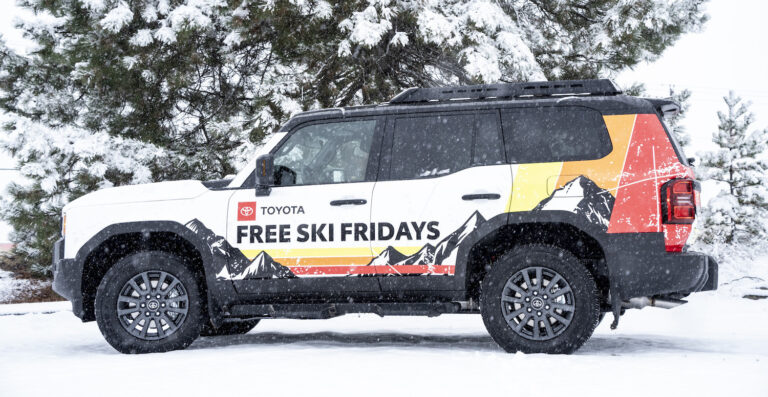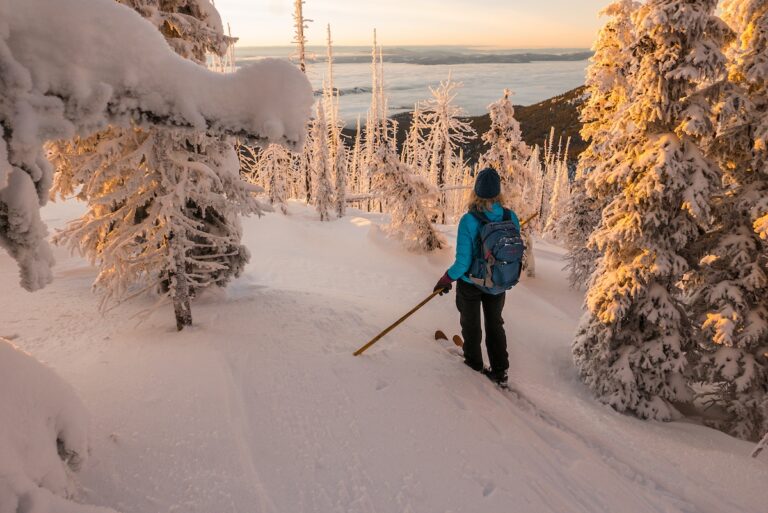The Omnivore’s Dilemma: A Natural History of Four Meals
Michael Pollan
Penguin Press HC, April 2006, 464 pages.
The omnivore’s dilemma is this: When you can eat just about anything, what you should eat becomes a central question. In The Omnivore’s Dilemma, author Michael Pollan follows four very different meals from beginning to end.
The first meal starts in an Iowa cornfield and ends at McDonald’s, and between these endpoints the sins of modern industrial agriculture are laid bare: livestock treated with almost unimaginable cruelty, farming practices that destroy soil fertility in the name of “efficiency”, and political machinations that impoverish farmers.
Antibiotics, artificial hormones, herbicides, chemical fertilizers, and literally tons of fossil fuels: This is a system so dysfunctional and unsustainable that only its corporate beneficiaries can defend it.
For the second meal, Pollan explores the growth of “industrial organic” agriculture- small-scale organic farms morphing into gigantic growing operations that are painfully close to the kind of farming they were supposed to replace. He details the (often jaw-dropping) compromises to the National Organic Program (NOP) that make “industrial organic” possible. “Permissible synthetics,”anyone?
Pollan’s third meal is made of food having “bar code virginity”-non-industrial food produced by local farmers using practices at least as good as “organic” (and usually better). This is what most people think of when they think “organic”-thoughtful, sustainable use of land to produce healthy, high quality food.
For the last meal of the book, Pollan kills a wild boar and harvests wild cherries and mushrooms. Instead of industrial, energy-intensive food of unknown origin, he shows us a food chain of a single link, where the eater knows exactly what is being eaten.
Pollan does an excellent job of looking at our food situation from all angles (his discussion of the ethics of eating animals is alone worth the book’s purchase price). He makes it clear that there are no easy answers-six billion people are not going to return to a hunter-gatherer existence-and that the simple act of eating is tremendously political.
Ed Bryant
Best Hikes with Kids: Western Washington and the Cascades
Joan Burton
Mountaineers Books, May 2006, 480 pages.
As someone who has returned to the Inland Northwest from points yonder, including the Seattle area as my initial launching pad, there is still a part of me that yearns for time by the sea and the dense green foliage that only Western Washington can offer. I fulfill this need annually by taking my young daughter camping on the other side of the mountains, each year to a different waterfront destination, and last year we even took time to hike and camp our way west through the North Cascades. Therefore, when I set out to review Best Hikes with Kids: Western Washington and the Cascades, I did not so much as read the book, but rather used it to navigate my upcoming journeys west. What I found was a valuable resource that will replace hours of internet research.
Since Best Hikes with Kids is set up for children, the hikes highlighted are all bite-sized lengths that kids can manage. I found treks from one mile to eight miles, with most in the two to five mile range, at various degrees of elevation. The guide specifies the hikes as easy, moderate or difficult for children, and each hike features a photo of the landscape, great for us visual people. There is information on how to get there, what you will find on the trail, and a map of the trail itself.
To assist in researching my destinations, I relied heavily on the “Best Hikes” section at the front of the guide. They include such gems as best hikes to waterfalls, to see wildlife and birds, for fishing, and my favorite, for building sand castles. There is even a Best Hikes in Winter, for those who might want to take a break from our frost covered landscapes in January. The convenient list of campgrounds at the back of the book helps to identify where to set up camp near the hikes. With over 180 hikes featured, I can see that this book will help us navigate our westward journeys for years to come. Now we just need one for Eastern Washington.
K.M. Sutherland
On the Trail of the Ice Age Floods
Bruce Bjornstad
Keokee Books, May 2006, 320 pages.
On the Trail of the Ice Age Floods by Bruce Bjornstad seeks to explain and explore the geological record left by the massive floods that scoured the Pacific Northwest approximately 15,000 years ago. When ice-dams on the prehistoric Columbia Lake and Missoula Lake periodically broke free, up to 500 cubic miles of water was released at a time racing across the landscape at speeds of up to 80 miles an hour.
If you are not familiar with this part of our local history, this book is a great place to start. The first section of the book begins by illustrating and explaining 19 of the common erosional and depositional landforms the floods left behind in the Mid-Columbia Basin. The book then looks at 70 specific landforms in our area. Easy to understand maps and indices make it simple to find information about a specific landform or area you may be interested in.
Through the course of these explanations Mr. Bjornstad pieces together the bigger picture of how the local landscape was dramatically reshaped at the time of the Ice Age floods. In addition to the nuts and bolts information there are also a handful of mini essays covering topics such as how the original theory of the great floods came to be and whether or not humans were living in the area at the time.
The second section of the book is a trail and tour guide to help readers get out and investigate the aftermath of the floods in person. The reader is presented with 30 trails that can be explored on foot, mountain bike or horseback, as well as sites accessible by public roadways and even tips for those with access to an aircraft or boat to aid in their explorations. Here again Mr. Bjornstad uses clear and concise tables, charts and illustrations to aid and inform the reader.
On the Trail of the Ice Age Floods is a great way to learn more about the weird landforms you come across while hiking and camping in the Mid-Columbia Basin.
Bill Bloom













